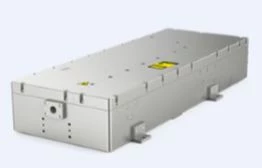Description
Huaray-Spruce Low Power UV DPSS Lasers (3W/5W) is featured with compact structure design ensuring great performance and beam transmission. Especially, in mass production, still can keep very high stability and reliability, which can satisfy all kinds of industrial manufacturing even in harsh working condition. This laser is low maintenance and easy to integrate with other equipment, can save a lot of time, money and energy.
Spruce Low-Power Nanosecond UV Laser Spruce-355-5
Specifications
| Avg. Power: | 5 W |
|---|---|
| Wavelength: | 355 nm |
| Repetition Rate: | 20 – 200 kHz |
| Spatial Mode (M^2): | 1.2 |
| Pulse Duration: | 20 ns |
| Pulse-to-Pulse Stability (RMS): | 3 % |
| Cooling: | Water-to-Water |
Features
- Stable output of power and pulse width
- Excellent beam quality, M²<1.2
- High beam pointing stability
- Wide repetition rate range:20-200kHz
- Controllable with RS232 interface
- Unique Intracavity frequency doubling technology.
- Triggerable external
Applications
They are widely used in 3C industry marking, white plastic and electrical enclosure tag marking. Processing on the fly in food, medical packing and various package material, removal of metal and non-metal coating, scribing for various materials, blind slot processing, as well as new ultra-thin metal foil and other microprocessing.
Frequently Asked Questions
What is the wavelength of the Spruce Low-Power Nanosecond UV Laser?
What is the output power of the Spruce-355-5 model?
What is the polarization ratio of the laser?
What is the classification of the laser?
What are some applications of the Spruce Low-Power Nanosecond UV Laser?
Similar Products
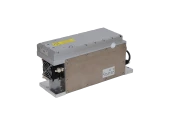
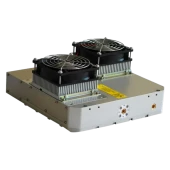
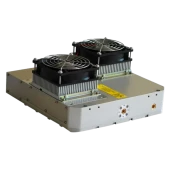
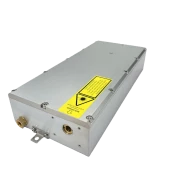
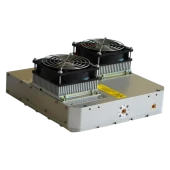
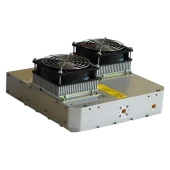
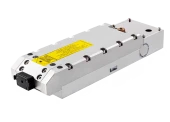
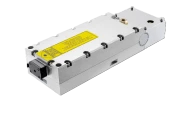
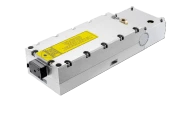
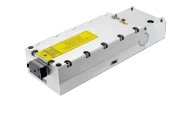

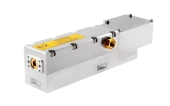
Your inquiry has been received.
Create an account by adding a password
Why create an account?
- Auto-complete inquiry forms
- View and manage all your past messages
- Save products to your favorites
- Close your account anytime — no hassle
